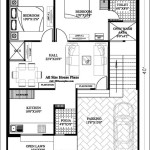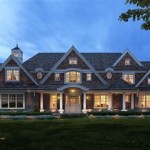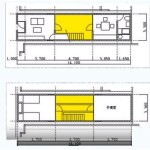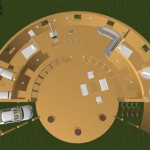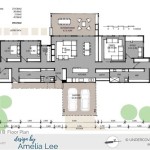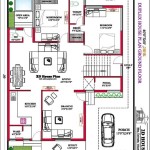Essential Aspects of Inlet Retreat House Plans
When embarking on the journey of designing or selecting an inlet retreat house plan, it is imperative to consider a multitude of factors that will ultimately shape the aesthetics, functionality, and overall ambiance of your waterfront sanctuary.
## Location and OrientationThe location of your retreat house will have a profound impact on its design. Carefully consider the following:
Waterfront access:
Ensure that the house is positioned to maximize water views and accessibility.Sunlight exposure:
Orient the house to take advantage of natural sunlight, especially during the desired times of the day.Wind patterns:
Consider the prevailing wind directions to minimize exposure to strong drafts.
The architectural style of your retreat house should reflect your personal preferences and complement the surrounding environment. Popular styles for inlet retreats include:
Coastal:
Features open floor plans, large windows, and natural materials such as wood and stone.Modern:
Incorporates clean lines, geometric shapes, and energy-efficient design elements.Rustic:
Embraces natural materials like logs, exposed beams, and stone fireplaces.
The floor plan should cater to your lifestyle and preferences. Consider the following:
Number of bedrooms and bathrooms:
Determine the sleeping and bathroom requirements for your family and guests.Living spaces:
Create open and inviting living rooms, dining areas, and kitchens that flow seamlessly.Outdoor living:
Incorporate decks, patios, or screened porches to extend living spaces outdoors.
The choice of materials and finishes will influence the durability, aesthetics, and maintenance of your retreat house. Consider:
Exterior siding:
Choose materials that are weather-resistant and durable, such as fiber cement siding or natural stone.Roofing:
Select a roofing material that complements the architectural style and provides adequate protection from the elements.Interior finishes:
Use materials that create a warm and inviting atmosphere, such as hardwood floors, natural stone countertops, and cozy textiles.
Incorporating energy-efficient features into your retreat house can reduce operating costs and minimize environmental impact. Consider:
Insulation:
Use high-quality insulation to minimize heat loss and gain.Windows and doors:
Opt for energy-efficient windows and doors that prevent air leakage.Appliances:
Choose energy-efficient appliances and lighting fixtures.
The landscape design of your inlet retreat can enhance the overall ambiance and provide a natural extension of your living spaces. Consider:
Native plants:
Incorporate native plants that are well-suited to the local climate and provide a natural habitat for wildlife.Patios and walkways:
Create outdoor pathways and gathering areas that complement the architectural style.Water features:
Incorporate a pond, fountain, or stream to add a tranquil and serene touch.
By carefully considering these essential aspects, you can create an inlet retreat house plan that meets your unique needs and desires. Whether you are seeking a secluded getaway, a family gathering place, or a year-round sanctuary, a well-designed retreat house will provide a lifetime of memories and enjoyment.

Inlet Retreat

Inlet Retreat

Inlet Retreat

Inlet Retreat Variation House Plan 10300 Design From Allison Ramsey Architects Plans Farmhouse How To

Inlet Retreat

Photo 3 Of 6 In Top 5 Homes The Week With Interesting Floor Plans From Case Inlet Retreat Dwell

Case Inlet Retreat By Mw Works Architecture Design Inhabitat Green Innovation Building

Inlet Retreat 16403c Allison Ramsey Architects

Case Inlet Retreat By Mw Works Inhabitat Green Design Innovation Architecture Building

The Inlet Retreat House Plan C0037 Design From Allison Ramsey Architects Plans Low Country Homes

